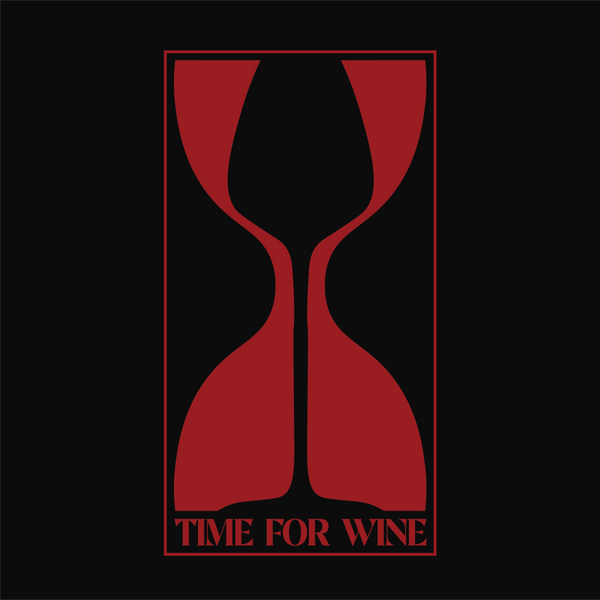All Champagnes are Sparkling but not ALL Sparkling Wines are Champagne…..a most appropriate and true statement.
HISTORY OF CHAMPAGNE
The history of Champagne has originally been credited to Dom Perignon, a monk with the Abbey at Hautvillers in Champagne, France. While it is true that he made important contributions to the production and quality of both still and sparkling Champagne wines, he was not the first one to enjoy bubbly wines. The oldest recorded sparkling wine dates back to 1531 in Blanquette de Limoux by Benedictine monks in the Abbey of Saint Hilaire near Carcassonne. They achieved this by bottling the wines before the initial fermentation had ended, which caused a second fermentation and the formation of gas in the bottles.
The next important person to add to this sparkling phenomenon was the English scientist and physician, Christopher Merret. Merret discovered that, when sugar is added to a finished wine, another fermentation occurs. Merret presented his paper to Royal Society in 1662, which became known as “Methode Champenoise”.
Since the contributions of the Saint Hilaire monks, Dom Perignon, Christopher Merret, Champagnes have only become more refined. In order to bottle the bubbly wine, French glassmakers needed to develop bottles with higher quality and thickness so they would not burst during the second fermentation.
CHAMPAGNE VS. SPARKLING WINE
Again: While all Champagne is sparkling, not all sparkling is Champagne. Sparkling wines use the same basic process for fermentation as Champagnes do, but are not subject to the strict regulations of the Champagne region.
Champagne is made in France in the cities of Remis and Epernay and uses three primary grapes for the wines: Chardonnay, Pinot Noir and Pinot Meunier. The process for making Champagne is regulated by the CIVC “Comite Interprofessionnel du Vin de Champagne”. They have developed a comprehensive set of rules and regulations for all wine produced in the Champagne region in order to protect its history and economic interest. The CIVC also regulates aspects of Champagne viniculture such as pruning, vineyard yield, the degree of pressing and the time the wine must remain on its lees before bottling.
Additionally, the wines have very specific levels of sweetness as well as cost factors in making great high quality Champagne. The levels are as follows: Brut Natural is bone dry, having the least amount of grams of residual sugar. Then, Extra Brut, followed by Brut, Extra Dry, SEC, Demi –Sec and most sweet would be DOUX with highest luscious sweetness. The economic costs associated with premium Champagnes include how much labor is involved in production, how valuable the land is where the grapes are grown, and the number of bottles produced per harvest and vintage year.
Our current favorite Champagne is the one and only Saint Hilaire Brut
OTHER BUBBLY REGIONS
The various global regions in which sparkling wine is produced use their own criteria, grapes, and specific regions to bring us delicious and wonderful quality of these fun wines. For example:
In Italy, we have Prosecco, which is made with the Glera gapes in a Charmant method where the second fermentation is done in a stainless steel tank.
In Spain we have Cava. Some Cavas are a vintage with a specific year, while some are aged and given the Reserva status. All Cavas use three specific Spanish grapes: Xerello, Paradello, and Macebo.
Lastly we have Germany and its famous sparkling wine called Sekt. Sekt is made with a variety of white grapes, most famously Riesling. Sekts come in two styles: Trocken (dry) and Halb-Trocken (half dry).
All if these have their place with any special occasion or celebration and pair so wonderfully with cheese, appetizers and an assortment of meats, olives, and shellfish.
Find what you like and POP the corks and begin your journey to try these delicious and wonderful sparkling wines.
Salud and HAPPY NEW YEAR!

